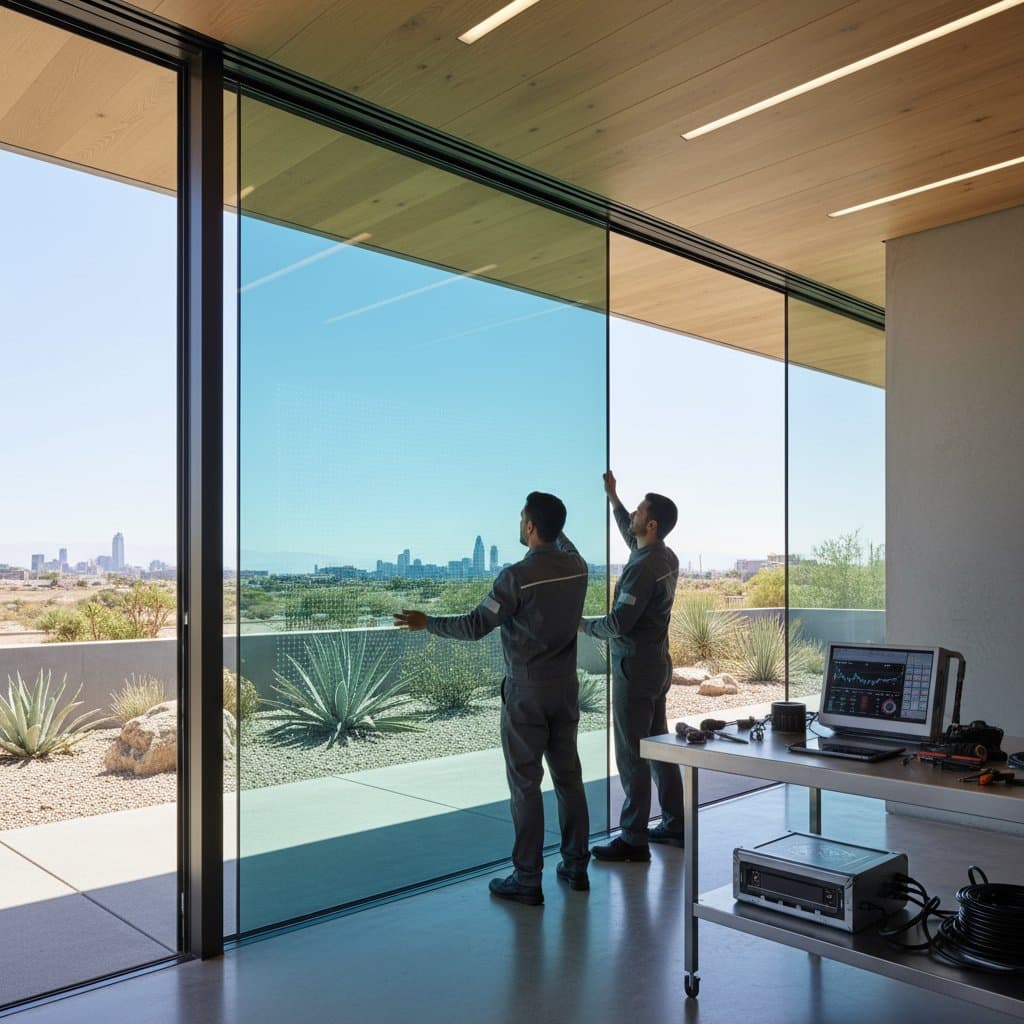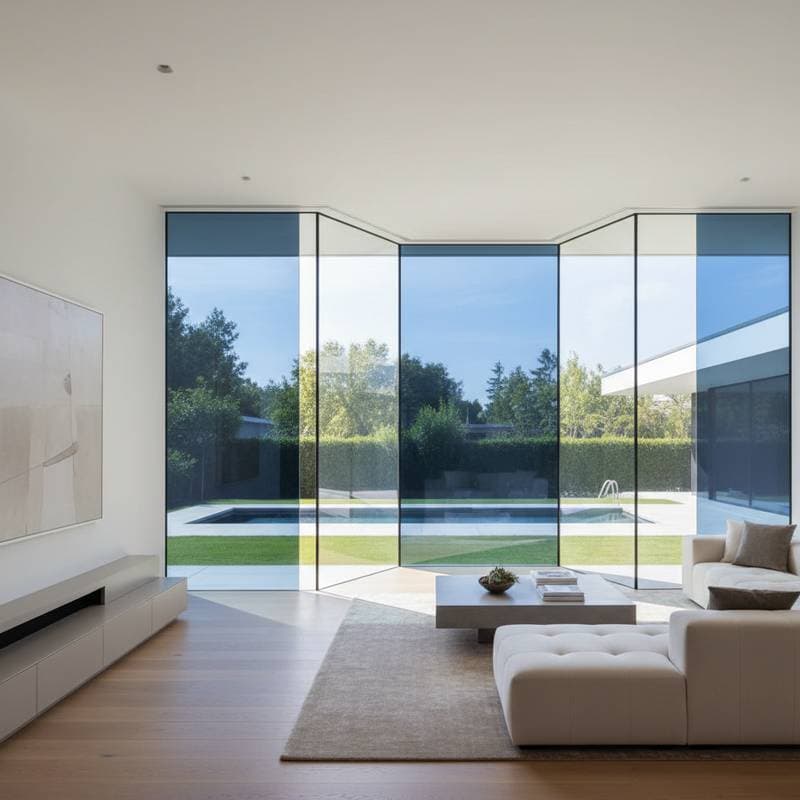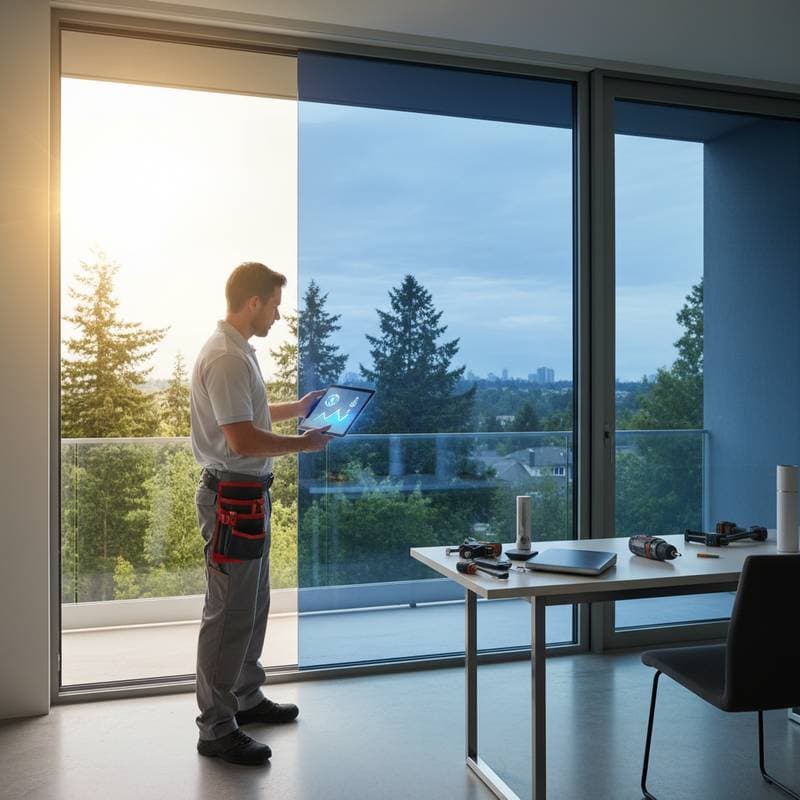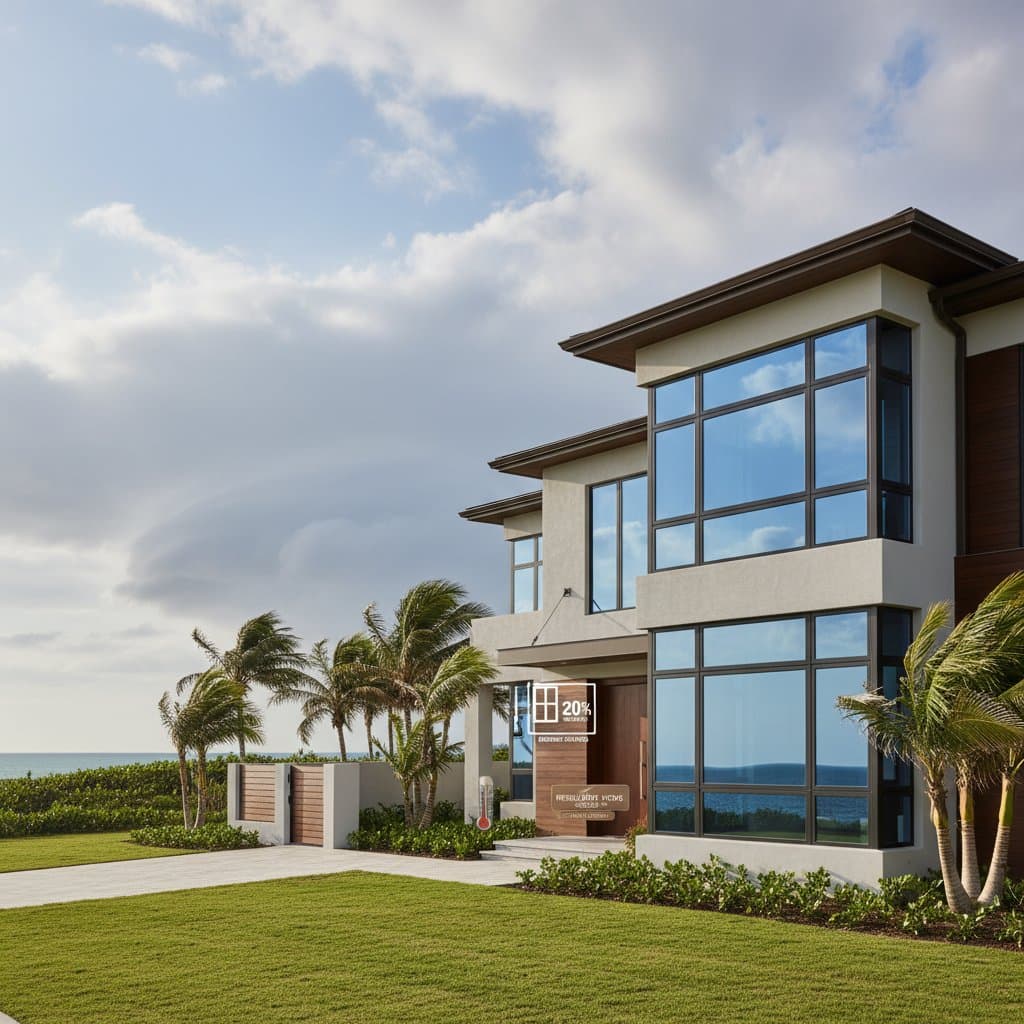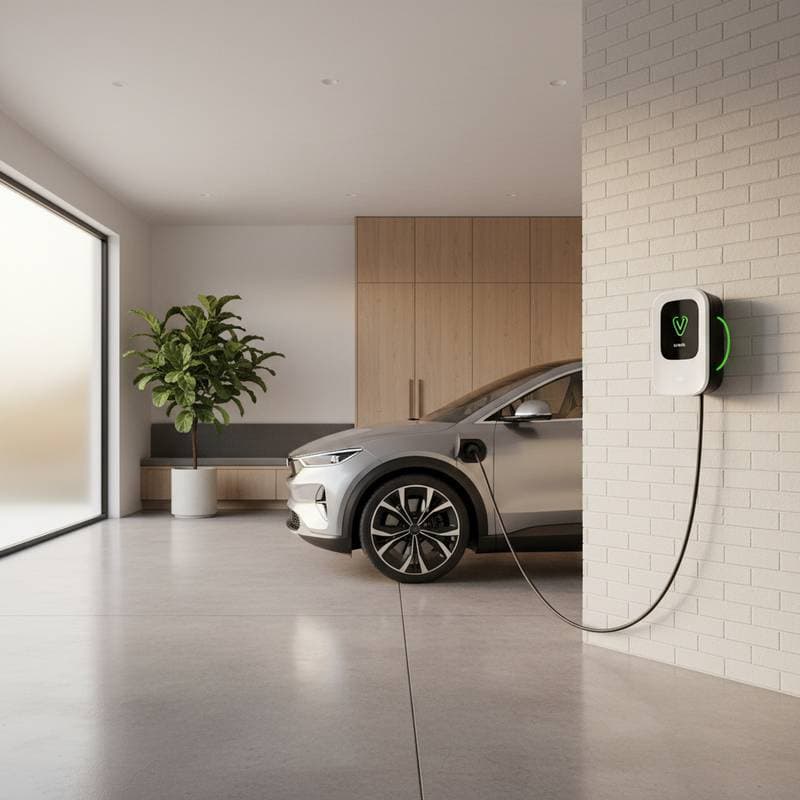Understanding UV Window Films and Their Impact on Home Value
Homeowners in sunny regions face unique challenges from intense ultraviolet (UV) rays. These rays not only accelerate interior fading but also drive up cooling costs during peak seasons. UV window films present a practical solution by blocking up to 99% of UV radiation, thereby preserving furnishings and reducing energy consumption.
Real estate experts predict that such upgrades will contribute to a 6% rise in home values by 2025. This projection stems from growing buyer demand for energy-efficient features. Films enhance curb appeal and functionality without the expense of full window replacements.
The technology behind these films involves thin, durable layers applied to existing glass. They reject solar heat while allowing natural light to filter through. As a result, rooms stay cooler, and utility bills decrease by 15% to 30% annually, depending on climate and window exposure.
Key Benefits of Installing UV Window Films
Beyond value appreciation, UV films offer multifaceted advantages. They protect carpets, artwork, and upholstery from discoloration, extending the life of high-value items. Glare reduction improves visibility for reading or working near windows.
Energy savings represent another compelling benefit. By reflecting infrared heat, films lessen the load on air conditioning systems. Homeowners report noticeable differences in room temperatures, especially on south-facing windows.
Safety improvements add further value. Many films include shatter-resistant properties, holding glass in place during impacts. This feature appeals to families and increases perceived security in property assessments.
Types of UV Window Films Available
Selecting the right film requires consideration of performance and aesthetics. Standard dyed films provide basic UV protection at a lower cost but may darken rooms slightly. They suit budget-conscious projects with moderate sun exposure.
Ceramic films represent a premium option. These use nano-ceramic particles to block heat without metallic elements, avoiding signal interference for electronics. Views remain clear, and heat rejection reaches 70% or more.
Spectrally selective films target specific wavelengths. They allow visible light to pass while blocking UV and infrared rays. Ideal for homes prioritizing brightness alongside protection, these films maintain a neutral appearance.
Reflective films offer maximum heat rejection, up to 80%. Silver or mirrored finishes provide privacy during the day. However, they alter exterior views and may not suit all architectural styles.
Installation Process and Professional Standards
Professional installation ensures optimal performance and longevity. Certified technicians measure windows precisely and cut films to fit seamlessly. They clean surfaces thoroughly to promote adhesion.
Installers adhere to guidelines from the International Window Film Association (IWFA). These standards specify minimum UV blocking levels and reflectivity limits to prevent issues like bubbling or peeling. Compliance guarantees warranty coverage, often spanning 10 to 15 years.
The process typically takes one to two days for an average home. Edge sealing prevents moisture ingress, and tools like squeegees eliminate air pockets. Post-installation, films cure fully within 30 days, reaching peak effectiveness.
Homeowners can opt for DIY kits for small areas, but professionals handle complex shapes like bay windows. Always verify installer certifications through the IWFA directory for reliable results.
Maintenance and Longevity Tips
UV films require minimal upkeep to maintain effectiveness. Gentle cleaning with microfiber cloths and mild soap suffices. Avoid abrasive materials that could scratch the surface.
Annual inspections check for edge lifting or damage from extreme weather. Prompt repairs preserve the film's integrity and warranty status. In coastal areas, salt-resistant films extend durability.
Proper care ensures films last 10 to 20 years. Regular maintenance not only sustains benefits but also supports the home value increase by demonstrating proactive property care to potential buyers.
FAQ
Does UV window film make rooms darker?
Most modern films reduce visible light by only 10 to 30 percent. Ceramic and spectrally selective films keep clear views while cutting heat and glare.
Can window film be removed later?
Yes. Heat the surface with a hair dryer, then peel slowly. Residue can be cleaned with mild adhesive remover. Always test a small area first.
Will UV film void my window warranty?
Some manufacturers require approved film brands. Ask your window provider or choose films listed by the IWFA to stay compliant.
How soon can I clean windows after installation?
Wait at least two weeks before washing. The film needs time to cure and adhere fully.
Does UV film stop all fading?
No film stops fading completely, but high-quality coatings can reduce it by up to 99 percent by blocking UV and infrared radiation.
Steps to Install UV Window Films and Maximize Returns
Begin by assessing your home's needs. Identify windows with the most direct sunlight and measure their dimensions accurately. Consult energy audits to prioritize high-impact areas.
Research film options through reputable suppliers. Compare specifications for UV rejection, visible light transmission, and total solar energy rejected. Request samples to evaluate tint levels in your lighting conditions.
Obtain quotes from at least three licensed installers. Inquire about product brands, labor warranties, and post-installation support. Verify compliance with local building codes to prevent permit delays.
After installation, track energy savings with utility comparisons. Document the upgrade for resale disclosures, highlighting the 6% value boost potential. These steps transform a simple addition into a strategic investment.
UV window films deliver enduring protection, comfort, and financial gains. Homeowners enjoy preserved interiors, lower bills, and enhanced marketability. This upgrade positions properties favorably in competitive real estate landscapes.


